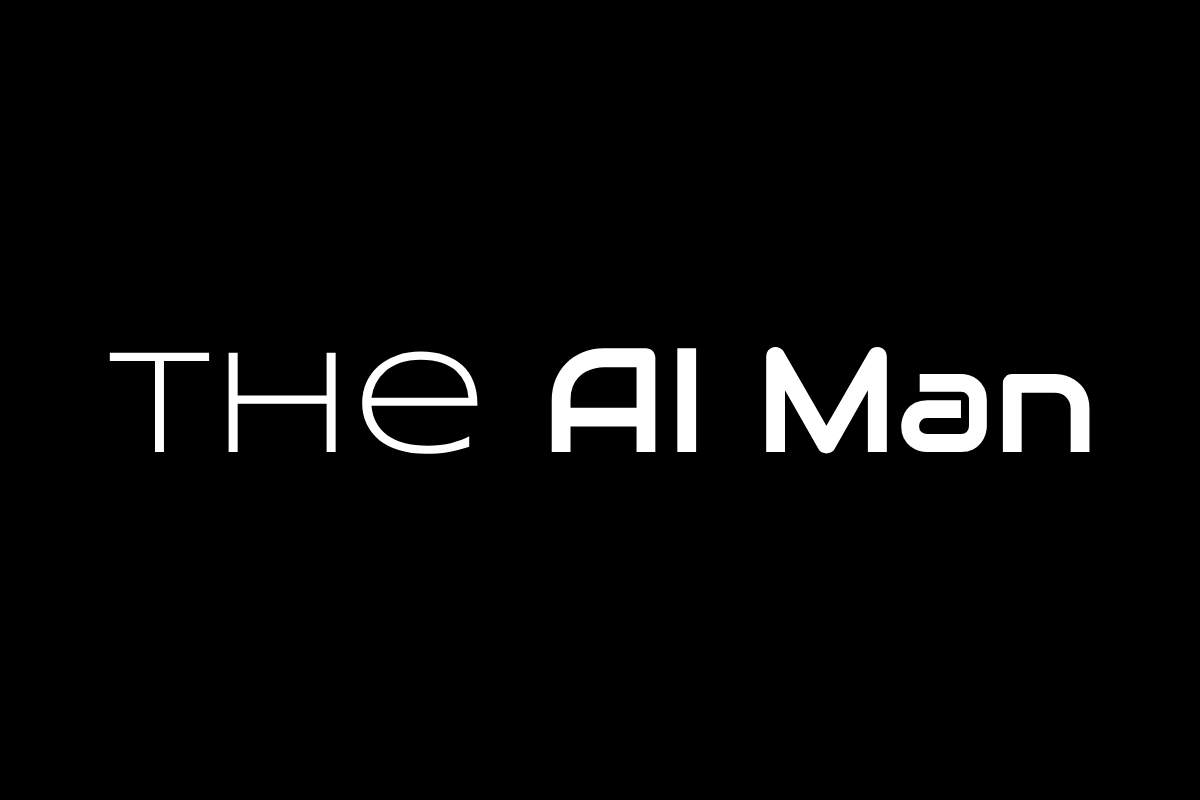Artificial intelligence is opening new doors to the ancient world. Recent breakthroughs allow AI models to restore, read, and even reconstruct historical texts and lost cities. Whether deciphering Latin inscriptions or digitally mapping jungle ruins, AI is making the past accessible as never before.

Ancient manuscript fragments with dense text columns, illustrating materials restored through AI scanning techniques. Source: nature.com
How AI Reads the Unreadable
Pattern Detection: AI models like Google DeepMind’s Aeneas analyze thousands of examples to spot missing words and typical phrases in damaged stone inscriptions.
Collaboration: When experts pair up with these models, their accuracy in restoring ancient texts nearly doubles—jumping from about 43% to 72%.
Speed and Scale: The Aeneas model processes over 176,000 Latin texts, dating and localizing inscriptions in seconds—tasks that would take humans years.
Beyond Text: These AI systems don’t just fill in blanks. They recognize writing styles, detect regional differences, and “learn” how ancient formulas changed over centuries.
Game-Changing Accuracy: Recent tests show AI models now outperform even skilled researchers in reconstructing lost text fragments, providing near-instant historical insights.

AI vs Human Accuracy in Ancient Text Restoration - Comparison of different AI systems against human expert performance.
AI Discovers Lost Civilizations
Massive Finds: Using LiDAR and AI analysis, archaeologists uncovered more than 60,000 hidden Maya structures in Central America—far more than ever expected. This suggests the ancient Maya population was much larger and more urbanized than experts believed.
Lost Cities Revealed: AI helped locate major lost Maya cities like “Valeriana,” once buried by dense jungle. Some sites were connected by 110-mile “superhighways.”
Speedier Analysis: What used to take years of jungle trekking is now possible in weeks. AI-driven mapping brings new settlements and road networks to life at unprecedented speed.
Global Impact: These discoveries are rewriting history books and transforming how archaeologists approach big questions about ancient societies.

AI-Powered Archaeological Discoveries showing the massive scale of findings enabled by artificial intelligence and remote sensing
Preserving and Protecting History
Digital Restoration: Museums and libraries use AI to digitally restore crumbling scrolls and manuscripts, like the Vatican’s handwritten archives, making fragile heritage safe and accessible.
Interactive Access: Google DeepMind has made the Aeneas model freely available for researchers and students, democratizing heritage analysis worldwide.
Cost and Safety: AI surveys dramatically cut the costs and risks of fieldwork. Digital twins and 3D records now protect sites threatened by war or climate.
Global Collaboration: Projects like MAIA are building international tools and standards for AI in archaeology, ensuring benefits reach across languages and cultures.
Protective Tech: Leading institutions use AI for security too, detecting and defending against cyber threats to digital collections.

Timeline showing the rapid evolution of AI applications in archaeology from 2019 to 2025
Looking Ahead
AI isn’t replacing historians and archaeologists; it’s giving them new superpowers. Upcoming initiatives will make unlocking ancient languages from around the world faster and easier for everyone. And as climate change, war, and decay threaten our past, AI-driven preservation—like 3D reconstructions—will keep history alive for future generations.
The secrets of our ancestors haven’t been lost—they’re just waiting for someone (or something) smart enough to read them ;)

